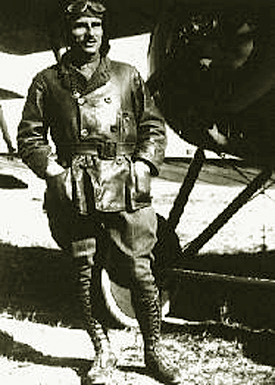
Air Mail with his night flight, in a storm, over unfamiliar territory, landing triumphantly in Chicago. Hobbled by a broken nose sustained in a plane crash a few days prior, Jack Knight saved U.S. The Post Office received hundreds of applications, many from men who had no flying experience but were “eager to learn.” “These guys were the astronauts of their age,” says Pope. Postal Service unveiled a commemorative Forever Stamp featuring a similar blue-and-red aviation scene.Įveryone was talking about airmail, and it was the pilots who were the superstars of this early 20th-century cultural phenomenon. At the May 1 opening of “Postmen of the Skies,” authors Kellen Diamanti and Deborah Fisher released a book on the history of the Inverted Jenny, entitled Stamp of the Century, and the U.S. Today, a single Jenny can bring in more than $500,000. When 100 were accidentally printed upside down, the “Inverted Jenny” quickly became one of the most sought-after collector’s items in history. Recognizing this widespread enthusiasm, the Post Office Department released a special delivery stamp featuring a blue Curtiss JN-4 (Jenny) biplane inside a red frame.

This was not a universe where you’re sending a postcard to your grandma because she doesn’t like to text.”įrom cover stories in the Saturday Evening Post to Mickey Mouse cartoons and board games, the new airmail service captured the imagination of the American public.

“Businesses, government, banks, people-mail was how communication happened in America. “They all understood the bargain they had made: risking their lives to get the mail where it needed to go,” says Nancy Pope, curator of the National Postal Museum’s new “Postmen of the Skies” exhibition, a commemoration of U.S. Six died during the first week of operation alone. Of the roughly 230 men who flew mail for the Post Office Department between 19, 32 lost their lives in plane crashes. Unfortunately, indelibly changing the nature of mail delivery came with serious risk for the pilots involved. The Post Office Department's logo for the new service, a pair of wings carrying the globe, continued to be synonymous with airmail after operations were turned over to private companies in the late 1920s. “Strangely enough, some well known aircraft manufacturers themselves doubted the advisability of embarking upon a regular airmail service, and a number of them came to Washington to urge me not to undertake the project.” But Praeger stayed the course, determined to make airmail “like the steamship and the railroad, a permanent transportation feature of the postal service.” “There was a rather general feeling that aviation was not yet sufficiently advanced to maintain mail schedules by airplanes,” said Otto Praeger, the Second Assistant Postmaster General, in a 1938 interview. Two days later, after blowing a second chance to fly the mail north and making an emergency landing in Cape Charles, Virginia, Boyle’s time with the Post Office came to an inglorious end.īoyle may not have been the Army’s best pilot, but his misadventures highlight just how bold of a decision it was to begin airmail service at a time when flight was still in its infancy. Officials from the United States Post Office Department, the predecessor to the United States Postal Service, drove the load of mail back to D.C., and unceremoniously put it on a train to New York. Realizing his mistake, he landed in a soft field in Waldorf, Maryland, damaging his propeller. With only a map laid across his lap to guide him on his northbound journey, Boyle turned southeast shortly after takeoff. The flight, however, never made it to the City of Brotherly Love. The president dropped a letter in Boyle’s sack, and the pilot took off for his journey from Washington to New York, with plans to stop in Philadelphia for delivery and refueling. The two men chatted for a few minutes, Wilson in a three-piece suit and bowler hat, Boyle in his leather flying cap, a cigarette in his mouth.

As the crowd in Potomac Park buzzed with excitement, President Woodrow Wilson stood with the pilot, Second Lieutenant George Leroy Boyle. On a gloomy Wednesday morning, thousands of spectators gathered in Washington, D.C., to witness what would be the world’s first regularly scheduled airmail service. While their peers carried bombs across the Atlantic, these men carried the mail. Though they worked in the skies above East Coast cities, far from the carnage of World War I, their task was life-threatening, and it was as crucial to the nation’s psyche as any conflict fought on foreign soil. On May 15, 1918, as hundreds of thousands of American troops fought from the trenches of Western Europe, a small number of U.S.


 0 kommentar(er)
0 kommentar(er)
